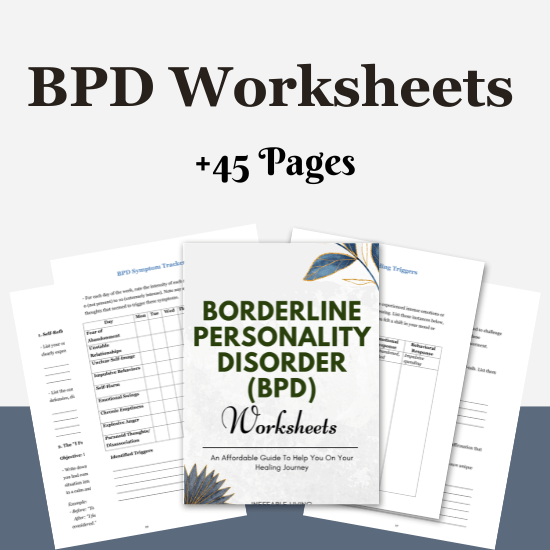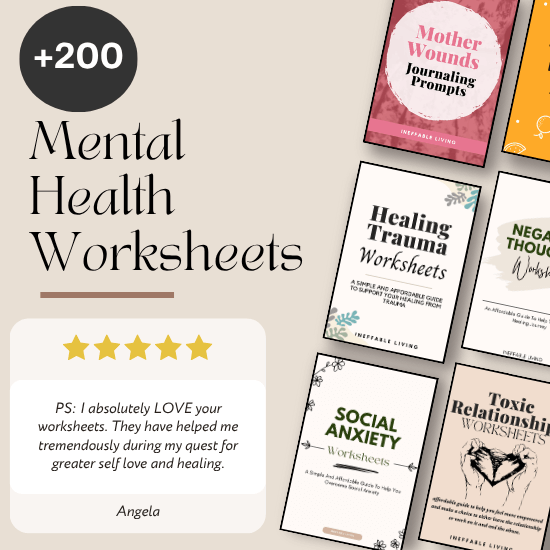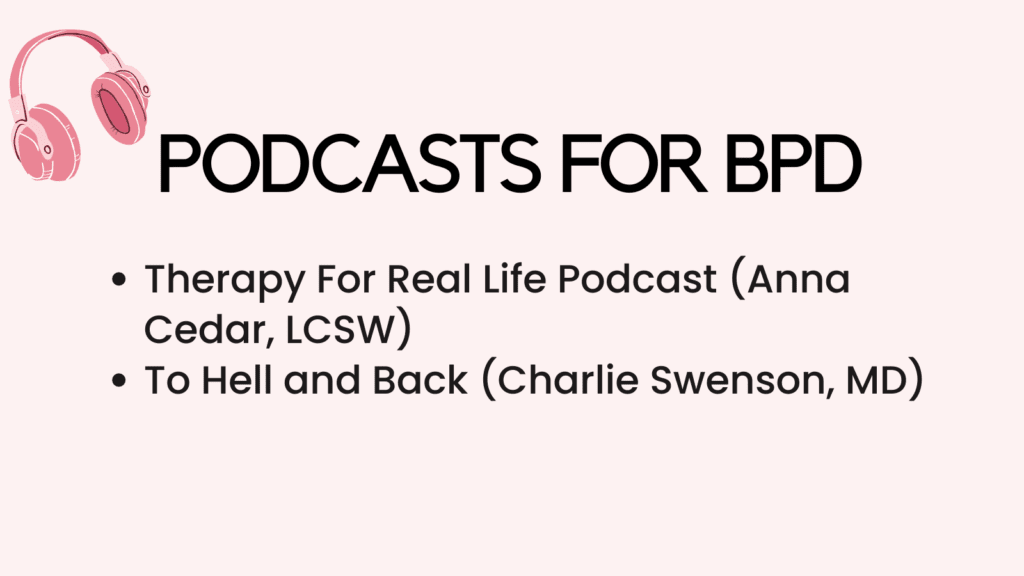Borderline Personality Disorder (BPD) is often misunderstood — especially when it comes to intense emotional reactions, particularly rage. While many people with BPD feel deep shame about their anger, the rage isn’t random. It often comes from a place of fear, vulnerability, and a desperate need to protect the self from perceived abandonment or invalidation.
BPD rage can be explosive, fast, and overwhelming — for both the person experiencing it and those around them. But it is not hopeless. With awareness and the right tools, these episodes can be understood, managed, and softened over time.
What BPD Rage Really Is
BPD rage is not simply about being angry — it’s about feeling threatened at an identity level. It often erupts when someone with BPD feels rejected, misunderstood, abandoned, or criticized (even subtly). The rage can feel uncontrollable, and it might be directed outward at others or inward through self-harm, self-hatred, or shame.
It’s not about manipulation — it’s a dysregulated nervous system reacting to pain that feels unbearable.
What Triggers It
Common triggers for BPD rage include:
- Feeling abandoned or excluded (real or perceived)
- Being criticized, judged, or misunderstood
- Not feeling heard or validated
- Sudden changes in relationships or routines
- Emotional vulnerability that feels unsafe
- Unmet emotional needs that feel overwhelming
The intensity of the rage often doesn’t match the situation — because it’s tied to unhealed emotional wounds, often from early attachment trauma or invalidating environments.
Related: Top 7 Skills For Coping With BPD [+ BPD FREE Resources]
What It Feels Like in the Moment
- Sudden flood of anger or panic
- Feeling cornered or helpless
- Rapid heartbeat, shallow breathing
- Urge to yell, lash out, throw things, or hurt yourself
- Thinking in extremes: “I hate them,” “No one cares,” “I can’t do this”
After the episode, it’s common to feel deep shame, regret, or emotional numbness — often referred to as the “shame crash.”
Related: What Is Quiet Borderline Personality Disorder?
Understanding BPD Rage: How to Manage Explosive Episodes
1. Recognize the Early Signs of Escalation
Explosive rage often builds quickly, but there are early signals if you learn to notice them. These may include a racing heart, tension in your body, a flood of thoughts like “They don’t care” or “I’m being attacked,” or the urge to lash out.
Catching it early gives you the best chance to interrupt it.
2. Use the “STOP” Skill
From Dialectical Behavior Therapy (DBT), the STOP skill helps you pause before reacting.
- Stop: Don’t move. Don’t speak. Don’t act.
- Take a step back: Leave the room if you need to.
- Observe: What are you feeling in your body and mind?
- Proceed mindfully: Choose a response that aligns with your values, not your impulse.
3. Ground Yourself in the Present
When rage is triggered, your body may feel like it’s reliving past abandonment or rejection. Grounding techniques bring you back to the present:
- Hold something cold or textured
- Count five things you can see, four you can touch, three you can hear
- Press your feet into the floor
- Place your hand on your chest and say, “I’m safe right now”
4. Use Movement to Discharge Energy
Rage builds physical tension. Let it out in safe ways:
- Squeeze a pillow
- Shake your arms and legs
- Go for a fast-paced walk
- Do jumping jacks or punch a cushion
You’re not trying to “get rid of” the emotion — just helping your body move it through.
Related: Borderline Personality Disorder Support Group
5. Delay the Reaction
If you’re about to send a harsh message, slam a door, or lash out, tell yourself: “Ten-minute rule.”
Wait 10 minutes — or even 5. Set a timer. Do anything else. Give your brain time to cool enough to re-engage logic. You can always respond later — but you can’t unsay something harmful.
6. Use a Distress Tolerance Tool
When the emotion feels unbearable, try one of these:
- Ice pack on the back of your neck
- Deep breathing with a long exhale (inhale 4, exhale 6)
- Splash cold water on your face
- Listen to loud music and move with it
These quick tools help regulate your nervous system during peak distress.
7. Make a Rage Plan
Create a personalized plan for when you feel rage building. Write it down and keep it accessible. Include:
- What your warning signs are
- What grounding techniques work for you
- A short list of safe people to call or text
- A calming playlist or routine
Having a plan gives you a lifeline when your brain wants to go into fight mode.
8. Reflect After the Episode Without Shame
After an explosion, it’s easy to fall into guilt and self-hate. Instead, ask:
- What was I feeling underneath the rage?
- What was I afraid of?
- What helped, and what didn’t?
This is where the real growth happens — not in being perfect, but in learning.
9. Communicate and Repair When Ready
If your rage episode affected someone else, repair the relationship with ownership and care:
- “I lost control, and I’m sorry for how I spoke to you.”
- “I’m working on this, and I appreciate your patience.”
Owning your part doesn’t mean self-blame — it means you’re practicing emotional responsibility.
10. Work With a Therapist (Especially in DBT)
Explosive rage often ties back to early wounds. A therapist trained in BPD and DBT can help you build tools for emotional regulation, communication, and self-trust. You don’t have to manage this alone.
Related: Borderline Personality Disorder (BPD) Resources (Information, APPS, Podcasts, TED Talks, Books)
What Loved Ones Should Know
If you’re close to someone with BPD who experiences rage:
- Don’t personalize their emotional dysregulation — it’s not about you, even when it feels like it is.
- Stay calm but firm. Don’t escalate, threaten, or shame.
- After the episode, create space for safe, honest conversations without blame.
- Encourage professional support — but don’t take on the role of therapist.
Related: Best 20 Tips On Dating Someone With BPD Without Becoming A Caretaker

Conclusion
BPD rage is not a moral failure — it’s a trauma response. It’s the body and mind screaming for safety, connection, and understanding. Managing it takes time, patience, and tools — but it can be done. Every moment of awareness is progress. And every time you choose to pause, breathe, and try again, you’re proving something shame tried to hide: you are not broken. You are learning how to heal.



![BPD Support Groups [Online & In-Person]](https://ineffableliving.com/wp-content/uploads/2022/09/Borderline-Personality-Disorder-Support-Group-1024x576.png)